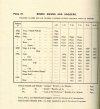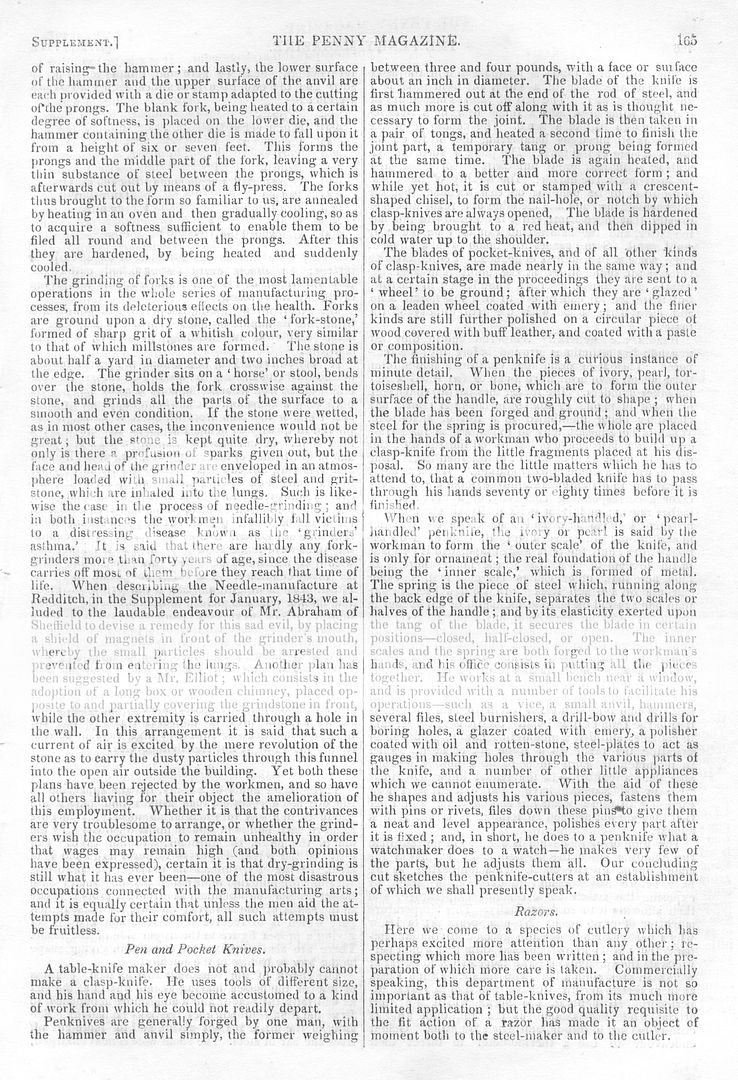- Joined
- Dec 2, 2005
- Messages
- 71,118
Calm that Platt fellow down.
Sorry Bart, I'm trying to, but he might be turning in his grave!

The BladeForums.com 2024 Traditional Knife is available! Price is $250 ea (shipped within CONUS).
Order here: https://www.bladeforums.com/help/2024-traditional/
Calm that Platt fellow down.




Looks like time to start a new thread....Confusing terms from 100 years ago...
GEC favors a particular use and since the forum favors GEC, it may make sense to favor their language as well.
Jack, Might be horrifying but I think there's some truth to it.
For example... In contrast to trying to adhere to old terminology for the parts of a knife, GEC has been very inventive with pattern names. There have been at least a few occasions on the forum when GEC's names have been used to describe much older knives. One example is "French Kate". And there is some confusion of patterns like stock knife and cattle knife both by GEC and forum discussions.
What words will be used to describe these knife parts and patterns 100 years from now?!



Call them covers, handles, scales, whatever you like. We'll figure it out.
It was interesting reading all the well researched posts.

For what it is worth,the only elaboration I found in this 1885 reprint of the 1st catalog issued by George Wostenholm, was in these two pages. Jack mentioned before that early catalogs or listings did not elaborate in their descriptions. Agents representing the companies carried an inventory,which as quoted from this catalog" it is by their use only that articles such as ours can be rightly appreciated "
It seems there was a reluctance from this old company to adopt this new form of "advert"( I don't know if I used that term correctly,I just heard it here in this thread).
I can't believe I got up at 5:00am to finish reading this thread. Bravo all contributors,especially Jake and Jack.
View attachment 737287 View attachment 737288

Yes, interesting indeed!
My habit has been to use "covers" only for traditional knives and "scales" for modern knives, and I'm not sure why or where I picked up that usage. This thread was a fascinating read.

First of all, this has been a very enlightening thread. I can't believe how much info has been shared here in such short time. You guys are amazing!
I mostly used "scales" when describing the cover material. But I started off more interested in modern knives before graduating into traditionals - so I attribute my usage to that.
I think perhaps it could be that so many moderns do not have dedicated liners. Therefore, without the need to differentiate - "scales" just became the go to term, regardless of whether it is proper, accepted, or incorrect.
Just my thoughts though. Either way, I'm good with any (especially now with all of the examples), and feel specific terms may only be mandatory when described in relation to other parts.
This topic is originally about one knife part. And we see different names used to describe that part 100 years ago.
The original word may or may not be common now.

It may or not have been common 100 years ago. 200 years ago it may have been called something else.

If GEC calls the "blade" a cucumber, likely some folks would start calling blades cucumber.










I can't believe I got up at 5:00am to finish reading this thread. Bravo all contributors,especially Jake and Jack.

Are we seeing the use of 'covers' 100 years ago?
1884 patent US292002A: "the covers for the handle are made from hard rubber or other composition."
An old trade journal. Google books has some scanned.
Before I discovered this subforum, I'd already spent a few years posting in the rest of the forum, in General and elsewhere, and in the rest of the forum, they're known as 'scales', so pretty common usage I think. Of course there are a lot of other knife forums too, and there's real life, and the rest of the world

I haven't tracked down the earliest use but the use of "cover" is older than 1930. George Schrade 1905 patent filing:
"A pocket-knife comprising a handle having a lining and cover....trigger projecting outward through the cover"
From 1919 The American Cutler: "celluloid covers on steel lining or steel bolster patterns"
I don't understand what you're saying.


I see Stan Shaw pretty regularly, he uses 'scales', just like the cutlers who trained him 75 years ago. Maybe they were influenced by modern knives
